Fire risk assessment is a really important part of keeping everyone safe. It helps make sure that we’re prepared to deal with the risk of fire and can minimize any damage that might happen. By taking a close look at what could potentially cause a fire, identifying any weak spots, and putting measures in place to prevent fires from happening, we can all feel more secure and protected.
FIRE RISK ASSESSMENT
![]()
Fire Risk Assessment

The process of Fire Risk Assessment
1. Identifying Fire Hazards
2. Evaluating Risk Severity
3. Analysing Occupancy and Emergency Preparedness
4. Assessing Fire Protection Measures
5. Developing Risk Mitigation Strategies
Fire Risk Assessments
benefits
• Preventing fire incidents
• Protecting life and property
• Complying with regulations
• Cost savings
The reason for a Fire Risk Assessment
By identifying potential fire hazards and implementing preventive measures, fire risk assessments significantly reduce the likelihood of fire incidents occurring, which in turn enhances the safety of occupants and reduces the risk of injuries or fatalities during fire emergencies. Moreover, they help protect property by reducing the potential for damage or loss. Fire risk assessments also ensure compliance with local fire safety regulations and codes, which helps avoid legal complications and penalties while demonstrating a commitment to safety and responsibility.
Investing in fire risk assessments can lead to long-term cost savings by identifying potential fire risks early on and implementing preventive measures proactively, reducing the risk of costly damage and extensive post-fire repairs. Ultimately, embracing fire risk assessments as an integral part of safety planning fosters a culture of preparedness and resilience, creating a safer environment for everyone.

